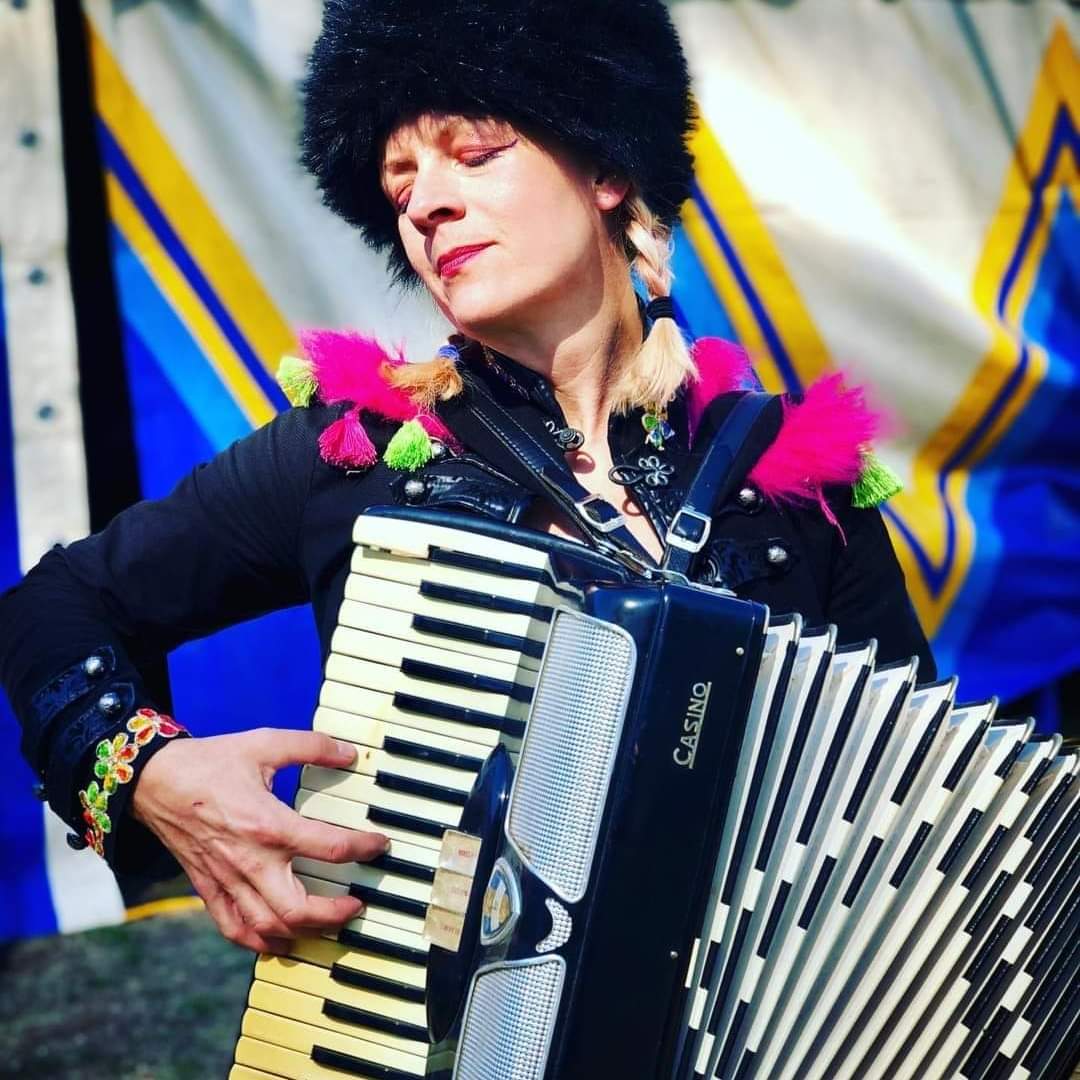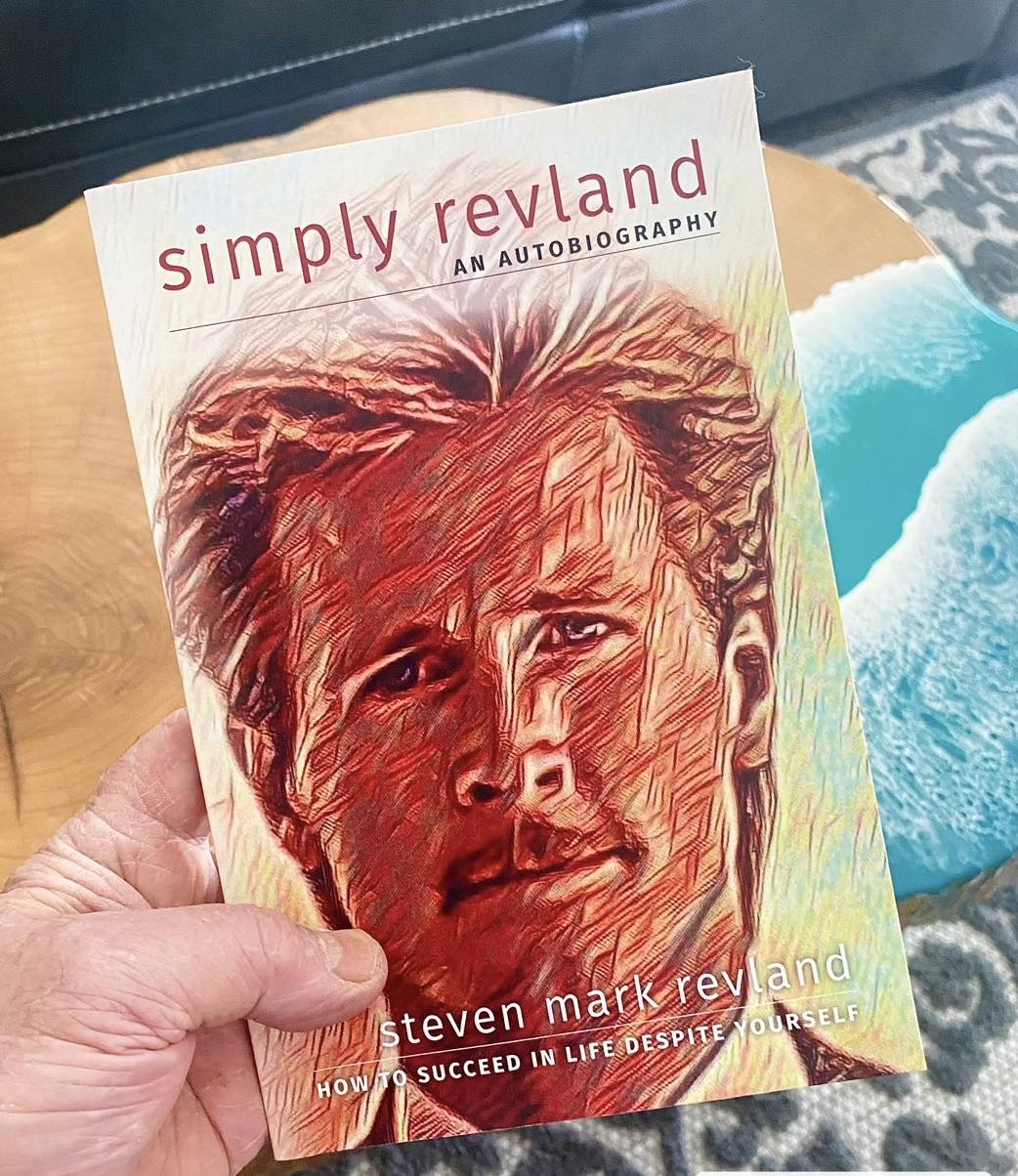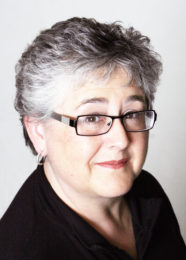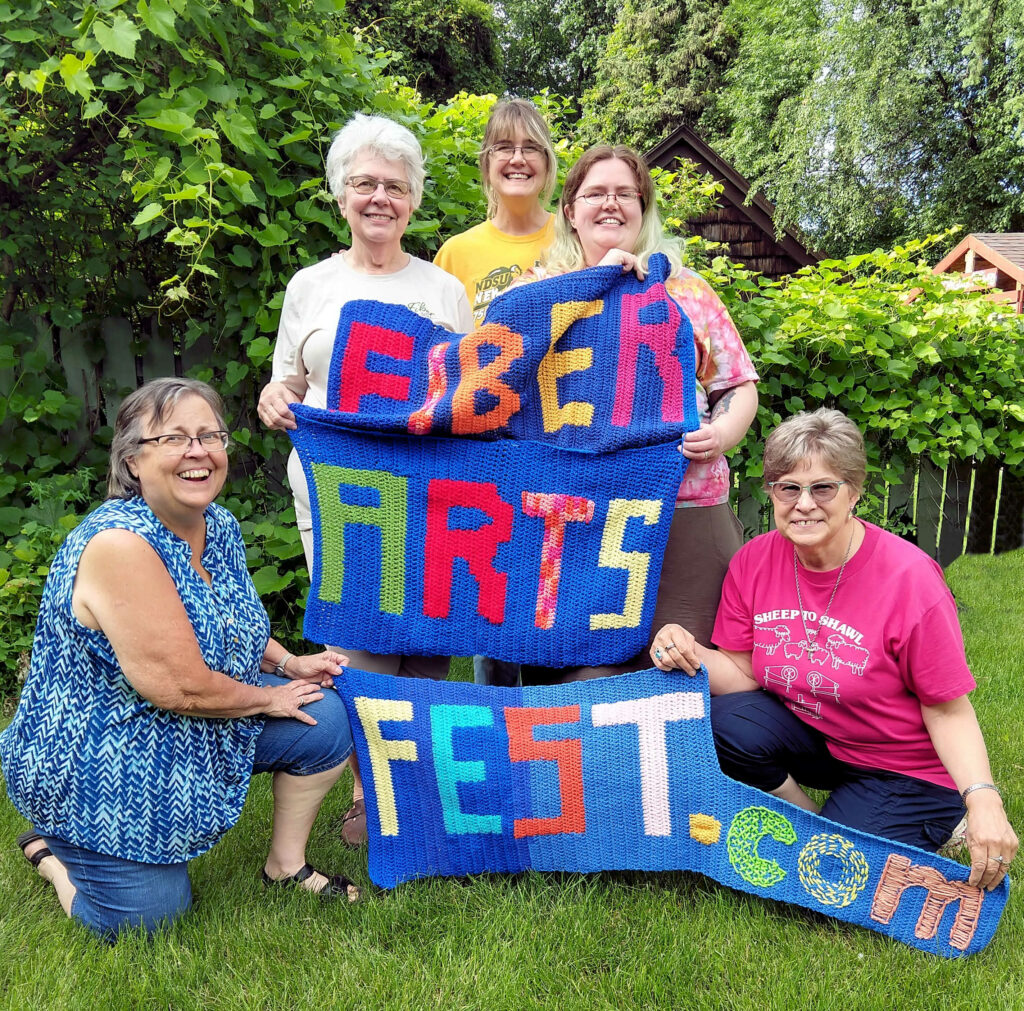
From left, Fiber Arts Festival board of directors Virginia Dambach, Kim Baird, Anna Lynch and Julie Mangell.
Fiber artists are magicians.
They can make pretty much anything using thread, tapestry, fabrics, needles and a whole lot of patience. (Have you ever tried to knit a sweater?)
This year’s Fiber Arts Festival, set for Aug. 6 to 7 at the Red River Valley Fairgrounds, will celebrate this special kind of magic with displays and demos of modern and handmade traditions from our region and around the globe, including a tapestry yurt built by artist Linda Johnson-Morke of Isanti, Minn.
Johnson-Morke, who’s a retired materials engineer and has been working with felt for “decades,” said she fell in love with yurts while traveling Norway and Mongolia to learn from the experts.
“That was very eye-opening,” Johnson-Morke said. “We call them yurts here, but ‘ger’ is what they’re called. That means ‘home’ in Mongolian.”
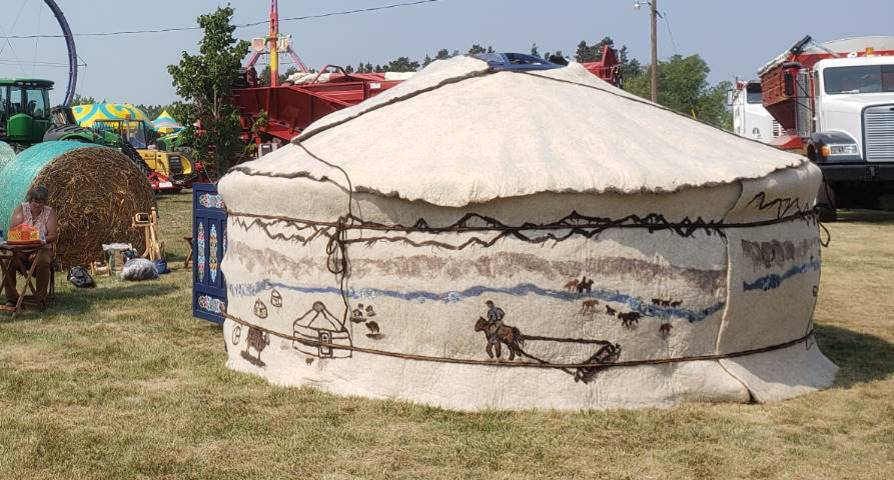
This Tapestry Yurt created by fiber artist Linda Johnson-Morke will be on display at this year’s Fiber Arts Festival. The exterior designs tell the story of the first yurts, which originated in Mongolia around 600 BC.
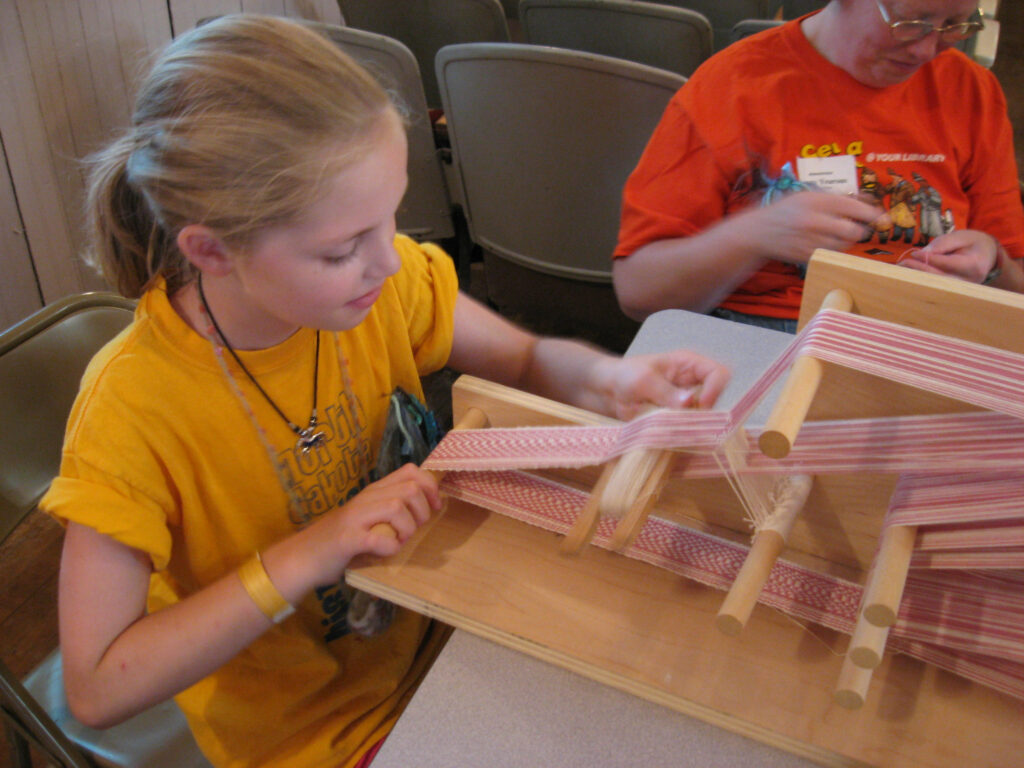
A past participant of Fiber Arts Festival tries out an inkle loom, which dates back to the 16th century.
Johnson-Morke’s drawn to yurts because they represent the opportunity to create more sustainability. They’ve been around since about 600 BC, require very few materials to construct and can last generations.
“Mongolians were able to live so sustainably with their flocks and herds for thousands of years because they were so in harmony with the land that you wouldn’t even know people lived there,” she said. “I love the sustainability aspect.”
All of the materials used in a yurt from the rawhide barriers to the wood are handmade. Even the ropes are made from horsehair — all natural elements.
“The wood frame would last for many generations and the felt would have to be replaced if they’re outside all the time, but the animals keep making wool. It’s kind of the whole circle of life. Even the yurt is a circle. There are so many great parallels,” Johnson-Morke said.
Festival-goers will have a chance to create some felt for ner next project, too, which is to build a child-size yurt. “We’re going to be making a pretty large piece of felt that will go on a smaller yurt,” Johnson-Morke said. “I like to say that you need wool ,water and work. So when you do that, when you make that piece of fabric out of wool and water, it’s like magic.”
Johnson’s tapestry yurt project is funded in part by the Region 2 Arts Council, thanks to a legislative appropriation from the Arts and Cultural Heritage Fund. Fiber used in the construction of the yurt comes from the Sustainable Sheep and Fiber Community of Northern Minnesota.
More about the festival
Alongside the yurt, festival goers can string along for other activities and demonstrations, too. Many local, small businesses that raise sheep and other fiber animals, process their fibers into yarn, dye yarn or fabric will be on hand to sell their wares and tools, and teach others about their process.
Kim Baird, president and originator of the Fiber Arts Festival, said the organization that puts on the event hopes it can be a place for folks to learn about the fiber arts. They want to “See younger generations continue the ancient human traditions of working in fiber by hand,” Baird said. “That is why we offer classes, and especially our demonstrations and free hands-on activities” outside of the annual festival.
Demonstrations will include activities such as weaving, spinning, sewing and felting.
For Baird, it’s not just about the art of craft. “As the originator of the festival and its president, my personal mission has always been to offer an event where people of all ages and backgrounds can simply have fun with fibers,” she said.
For more information about Fiber Arts Festival, visit https://fiberartsfest.com/.

About the author
Lonna Whiting is a freelance writer and owner of lonna.co, a content marketing and communications agency located in Fargo, North Dakota. She is a frequent contributor to The Arts Partnership’s content library and also provides strategic communications consultation to the organization.

